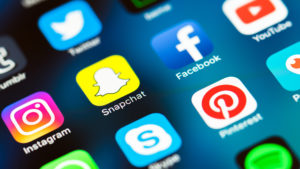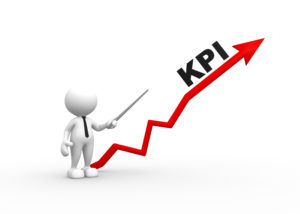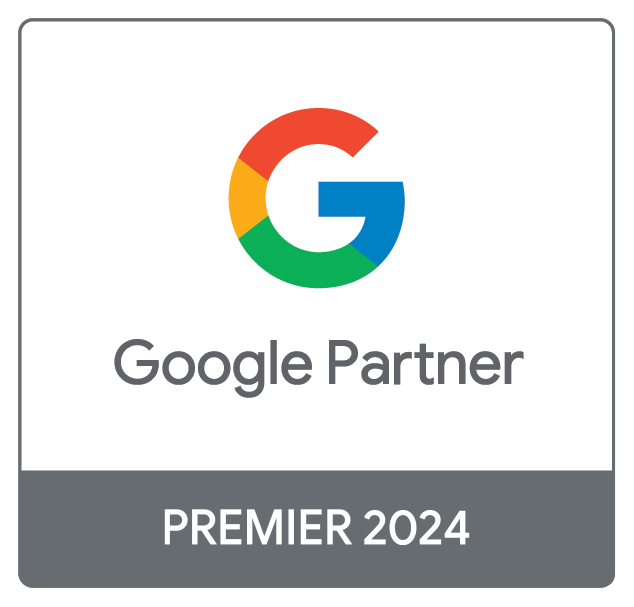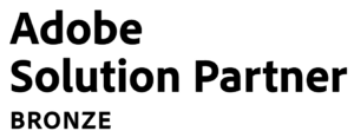There are many reasons why having a multichannel marketing strategy is so effective, especially within the healthcare sector. Relying on one single channel to get your audience’s attention simply isn’t enough. You must connect with them wherever they are, whenever they’re searching for information. And in the healthcare sector, this applies to strategies targeting patients as well as those targeting healthcare professionals, or both.
So where is your target audience?
 Well, they’re everywhere! Like every one of us, we have our preferred channels to be on and our typical times of the day when we’re there. Whether that’s opening that email notification while having our breakfast, checking LinkedIn on the morning commute, searching Google to prepare a presentation for the boss, having a sneaky peak on Facebook at lunch.
Well, they’re everywhere! Like every one of us, we have our preferred channels to be on and our typical times of the day when we’re there. Whether that’s opening that email notification while having our breakfast, checking LinkedIn on the morning commute, searching Google to prepare a presentation for the boss, having a sneaky peak on Facebook at lunch.
This list could go on and on. Snapchat, YouTube, Twitter…
…you get the picture.
Everyone is consuming information through a variety of channels and the healthcare industry is no different. In today’s healthcare marketing landscape, customers and patients have a lot of choices for how they interact with an organisation –both digital (website, social media, blogs, webinars) and traditional channels (events, seminars, direct mail, etc.).
According to the latest stats, multichannel campaigns engage patients and HCPs up to four times more than single-channel campaigns do. Therefore, incorporating a multichannel marketing campaign can significantly enhance your chances of success.
The healthcare industry has been using multichannel marketing strategies for some time now and, with good reason, it’s a trend that marketers will continue to pay special attention to. As in any other industry, healthcare customers want to have quick access to reliable information when they need it –and on their terms.
Multichannel marketing allows you to connect with your target audience where they want, how they want and when they want. Multiple interactions with the brand, e.g. through social media networks, email, website, etc. allow your potential customers to get more familiar with your brand, products or treatment options. And it makes no difference whether you’re a pharmaceutical manufacturer, a hospital or dental practice –thanks to multiple interactions with your brand, your target audience will recognise you and start to trust you much more quickly.
The result of this being, as you’ve already raised awareness within your target audience and they start moving through the consideration phase of their journey and towards a decision, your company will be at the front of their minds. They’ll feel like they know you well already which means they’re more likely to contact you rather than your competitors. And as you’ve already provided them with much of the information they need, your conversations will be easier and converting them into a customer will be a much smoother process.
In addition, regardless of whether your campaigns target patients, carers or physicians, a multichannel marketing approach is going to be the most effective due to a greatly increased exposure. Multiple channels, obviously, enable you to get your message across to more people than you could through using just one single channel.
Healthcare professionals are busier and under more pressure than ever with more information than they are able to consume, the emails that’ll never be opened, more meetings to attend, training, etc. And that’s on top of their busy work schedules. The same applies to patients who often balance complex lives with hard-to-manage conditions. Both target groups want to have easy access to information whenever they need it but are also open to being informed about new products, solutions, treatment options, etc.
 Today’s healthcare consumer, both patients and HCPs, is very different to the healthcare consumer of the past. Today’s customers are able to do extensive research online which means they are far more particular about the services they receive. They are engaged across different channels and various devices –each serving a unique need and preference. By applying the multichannel approach, you’ll see greater engagement as well as higher conversion rates.
Today’s healthcare consumer, both patients and HCPs, is very different to the healthcare consumer of the past. Today’s customers are able to do extensive research online which means they are far more particular about the services they receive. They are engaged across different channels and various devices –each serving a unique need and preference. By applying the multichannel approach, you’ll see greater engagement as well as higher conversion rates.
When you reach a larger relevant audience with an impactful message, you’ll generate more leads, simple really. Prospects who’ve seen your content on other platforms are more likely to call your office, make an inquiry or book an appointment. With multichannel marketing, the messages get posted on multiple channels, which makes it easier to collect data on the target audience and their behaviours. Over time, messages that drive leads can be amplified, resulting in more precise and impactful messages for your target audiences.
You can achieve higher conversion rates and higher return on investment from the synergies of different channels. Your consistent messaging will connect with the right audience in a setting that influences their decisions. Repeat business may get a boost as well because satisfied current customers will be reminded of you across multiple channels.
Where to start your multichannel approach?
Target audience
Defining and understanding your target audience is always the first place to start, regardless of industry or targeted location, the key to an effective multichannel campaign is knowing your audience. Just like any other industry, we need to first define our audience and create personas. Build customer profiles to focus on your ideal customer and learn what sort of messages appeal to them. As our potential customers expect to receive personalised communication, segmentation comes into place and plays an important role–we should analyse the available data and make our communication/marketing messaging as personal and relevant as possible.
Multichannel approach
Rather than using every single channel we can think of, we need to determine the combination of marketing channels that will be the most likely to resonate with your target audience. Depending on our target audience, we might need to use different marketing channels, e.g. will we be able to reach patients and carers on Google, Facebook or YouTube? Or will LinkedIn and email marketing be the best channels for HCPs? Channel preference and their influence levels to each target group might also differ depending on the targeted country or type of service/products/condition we’re promoting. For example, would we use the same channel strategy if we wanted to target dentists and cardiologists?
What’s also important is that it’s not only about digital channels. We should communicate with them in the way that’s the most convenient and relevant to them, e.g. phone call, text, video, website, post, email, etc. It’s all about understanding what the customers need and how technology can be used to make it as easy as possible.
Customer journey
Do you have a new product/service/medicine to promote? You should then focus your strategy on building awareness around it, making sure that you’re using channels that will help you achieve that. It could be YouTube, LinkedIn or maybe display campaigns. On the other hand, older products may require more focus on making sure that potential customers can find them when they are looking for relevant information. In this case, Paid Search and SEO can help you achieve that.
It’s not only about choosing the right channels but making sure that we’re choosing them based on the objectives we’re trying to achieve and mapping them to the relevant steps in our potential customers’ journey.
Importance of content
It doesn’t matter how good our channel strategy is if our content isn’t of a high standard. Imagine cut-and-paste emails from a centralised mailing lists starting with ‘Dear customer…’. These days, people have much higher expectations. Targeted and personalised emails that cover relevant topics in a nice format to read or watch is a different story. We need to remember that, like in any other industry, pharma is not just competing against other pharma brands, but against all online and offline communications and content out there that’s trying to grab our audience’s attention. Impactful content delivered through an effective channel strategy will help us cut through the noise and help us towards our targets.
Policies
It’s important to be aware of the policies involved in the healthcare industry. Don’t forget to do your research before you spend time and money preparing campaigns, just to find out that Google or Facebook doesn’t actually allow you to advertise this specific product/medication on their platforms. If that’s the case, your channel strategy will have to take it into account.
KPIs

As it’s not always possible to calculate ROI certain companies/campaigns, you need to prepare a list of metrics that will help you evaluate the success of each campaign. It could include the number of people reached, CTR, CPC, how people are engaging with your content/website, conversion rates, etc. By measuring your main KPIs you’ll be able to analyse different channels, learn and optimise. Even if you had the best channel strategy to start with, you should monitor the performance of each channel regularly and amend, if necessary, to deliver the best performance.
There’s no one-size fits all when talking about multichannel strategies for the healthcare industry. There are many variations that might impact our multichannel strategy: target audience, objectives, products/services we want to promote, budget, etc. However, the key to an effective multichannel campaign is knowing your audience. Multichannel marketing gives healthcare marketers the opportunity to create multiple touch points with their target audience, regardless of whether it’s with patients, carers or healthcare professionals. This means we can reach them when, where and how they want and give them a better overall experience.









